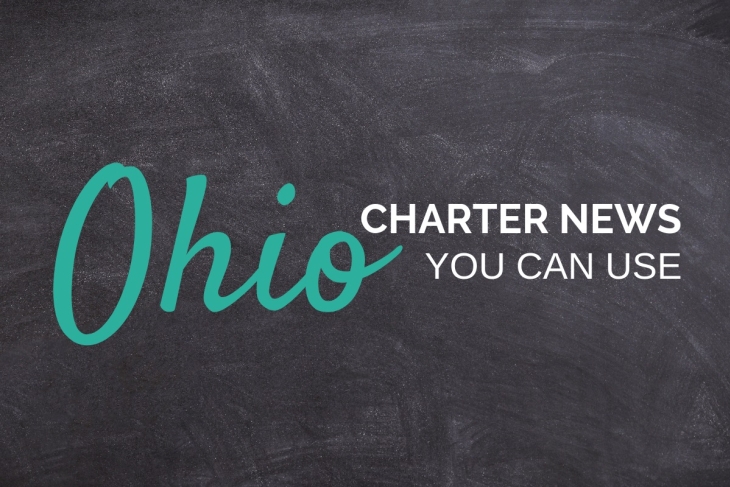Looking back, remotely
The National Association of Public Charter Schools this week released a white paper looking to quantify the digital divide as starkly revealed by pandemic-mitigation school closures. They find that approximately nine million students in the United States lack access to the internet or devices and, more specifically, that twenty percent or more of charter school students lack internet connectivity. The cost to close the digital divide gap in charter schools alone is estimated at $243 million. Sobering findings indeed.
The view from Columbus
Leaders of the United Schools Network in Columbus continued sharing their experiences with remote teaching and learning via a series of blog posts. The most recent edition discusses in great detail how USN determined their measurement criteria for the vital ingredient of student engagement.
Looking ahead, with caution
Meanwhile, NAPCS leader Nina Rees was a guest on EdNext’s Education Exchange podcast looking at the many questions—how, when, and in what form—surrounding charter schools’ reopening decisions for this fall.
A new source of funding for COVID recovery?
Chalkbeat’s Matt Barnum reported this week that the US Department of Education approved a request from Florida’s DOE to repurpose about $10 million of federal funds originally granted to the state to help start new charter schools into supports for existing charters to be better prepared for the upcoming school year. Specifically, the money is to be used to “purchase the hardware and software necessary to enable all of their students to access curriculum and lessons from home.” Barnum reports that at least three other states have made similar requests. No mention is made of Ohio.
Closer to home
The General Assembly passed a sweeping education bill this week aimed at supporting schools—and providing clarity on some important issues—in their ramp up to post-pandemic normalcy. It is expected to be signed into law by Governor DeWine soon. For specific provisions of import to charter schools, be sure to check out the bill analysis. It will allow for remote learning in 2020-21 and impact sponsor evaluations, service on charter boards, and the quality charter school fund.



